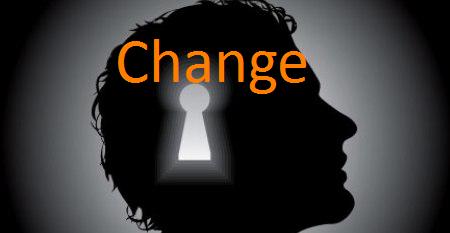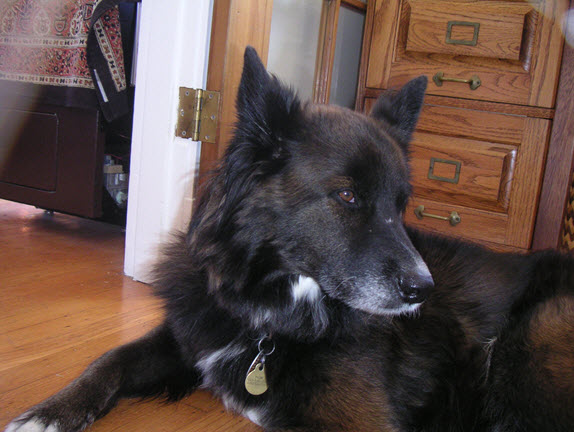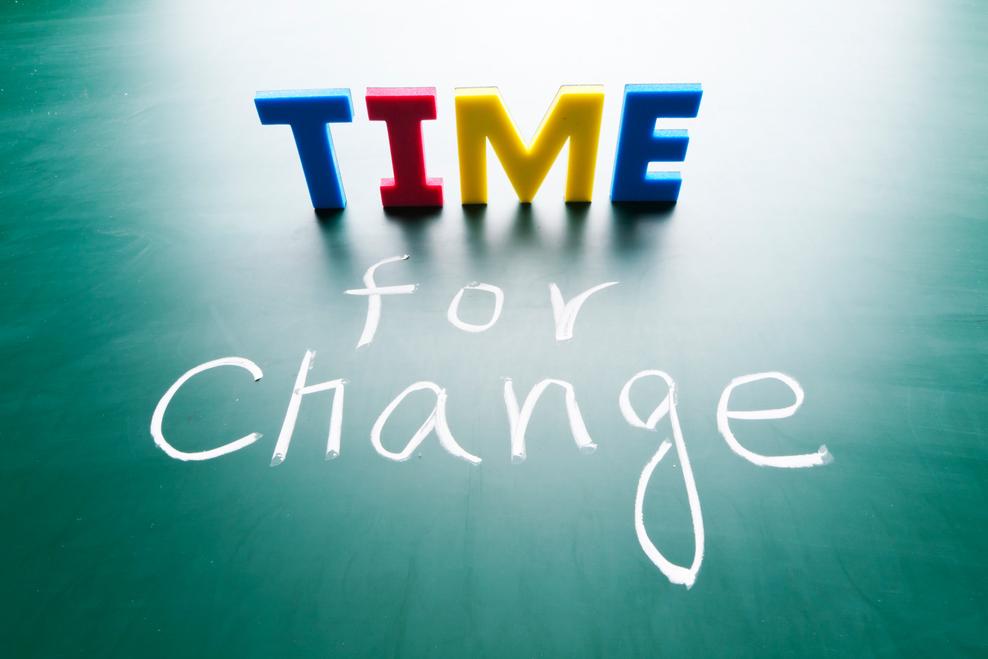 Neuroscience has been probing the mysteries of your brain. For a long time. And the neuroscientists have discovered the steps to rewiring it so you can live bigger, better!
Neuroscience has been probing the mysteries of your brain. For a long time. And the neuroscientists have discovered the steps to rewiring it so you can live bigger, better!
As you may have guessed, this involves more than just positive thinking or working hard.
Since your brain is made up of neural networks – like interconnecting freeways – the rewiring that needed is to lay down new neural pathways – sort of like paving new roads for easy access.
And how is that done, you’re asking. There are five pathways that must be activated in order to create new neural networks in the brain – a rewiring… Here are the 5 pathways that must be activated and how you can do it.
First, the act of thinking sets into motion a chemical reaction in the brain that can be likened to plugging in a string of lights. As you think about something—be it positive or stressful—you turn on a string of lights related to that topic.
Second, the more you think, feel and act the same way, the faster the lights turn on and the brighter they glow. Thus, the string of lights related to driving a car at 45 years old is much brighter and faster than the string you had at 16 years old.
Finally, we have trillions of brain cells, resulting in thousands (if not millions) of strings of lights correlating with our habits in all areas of our life. Donald Hebb’s landmark discovery in 1949, “neurons that fire together wire together,” best explains the process of wiring and strengthening brain pathways. The key is to activate as many of these pathways as possible given they work synergistically. One pathway alone is not enough to successfully rewire your brain. However, when you repeatedly align your beliefs, feelings, vision, and actions you will experience lasting changes in your brain.
1. Identify the beliefs that support your intention.
Seeing is not required for believing. In fact, you have to first believe it is possible if you expect to truly see it manifest in your life.
Solution: Examine your current beliefs about a desired goal. Identify those beliefs that align with the possibility of achieving your intention.
2. Embrace your positive emotions.
Emotion is the fuel, the juice or the power behind accomplishing your intention. Without emotion a thought is neutral, it has no real power. In other words, it is not enough to repeat positive affirmations if you are not feeling anything.
Solution: What emotions align with accomplishing your goal? Why is your intention meaningful to you? Spend time feeling these feelings as you focus on your intention.
3. Visualize.
The brain can’t tell the difference between something real or imagined. When you mentally rehearse your new habits, you strengthen your ability to create them in your life.
Solution: Identify images that align with accomplishing your goal and spend time visualizing them daily.
4. Take actions that support your intention.
Your actions have to match what you say you want and vice versa. You can’t think and feel one way and act another. In other words, you won’t rewire your brain if you eat donuts while repeating affirmations of being healthy and fit. Similarly, you won’t rewire your brain if you go to the gym but complain about how much you can’t stand working out.
Solution: Identify the actions that align with your thoughts and emotions.
5. Repeat, repeat, repeat.
Change requires practicing a new habit. It follows the principle, “use it or lose it.”
Solution: Consciously practice thinking, feeling, visualizing and acting in alignment with your desired intention. When you do this you will stop the unconscious habit of recycling the past and activate your ability to rewire your brain in the present moment.
If you are an executive, entrepreneur, consultant or coach I invite you to join me for a high value, no cost strategy session. You will learn the most effective ways to be rewire your brain to be productive, powerful and resourceful…ESPECIALLY during challenges…so you can rocket to the top of your game and enjoy true success in your business and in your life.
Based on a blog by BY DR. HILARY STOKES

 Steven is an amazing videographer who takes risks to capture the feeling of the products he helps market. He is building a thriving business. Eight months ago though, Steven called to tell me about burnout and his “bleak” prognosis as an entrepreneur.
Steven is an amazing videographer who takes risks to capture the feeling of the products he helps market. He is building a thriving business. Eight months ago though, Steven called to tell me about burnout and his “bleak” prognosis as an entrepreneur.

 So what kind of questions am I talking about?
So what kind of questions am I talking about? My lovely dog, Beezley, gave up some long hikes for shorter trots in the neighborhood. He hung out near my feet as I packed in whole days on the computer and phone. He even took his vitamins with less fuss. After 11 hour days on the computer, he hopped enthusiastically up on the bed to keep me company, when I collapsed at night.
My lovely dog, Beezley, gave up some long hikes for shorter trots in the neighborhood. He hung out near my feet as I packed in whole days on the computer and phone. He even took his vitamins with less fuss. After 11 hour days on the computer, he hopped enthusiastically up on the bed to keep me company, when I collapsed at night. So here are the 3 steps to living a happier life:
So here are the 3 steps to living a happier life: You want to change. It’s not easy. You’ve probably noticed that.
You want to change. It’s not easy. You’ve probably noticed that.